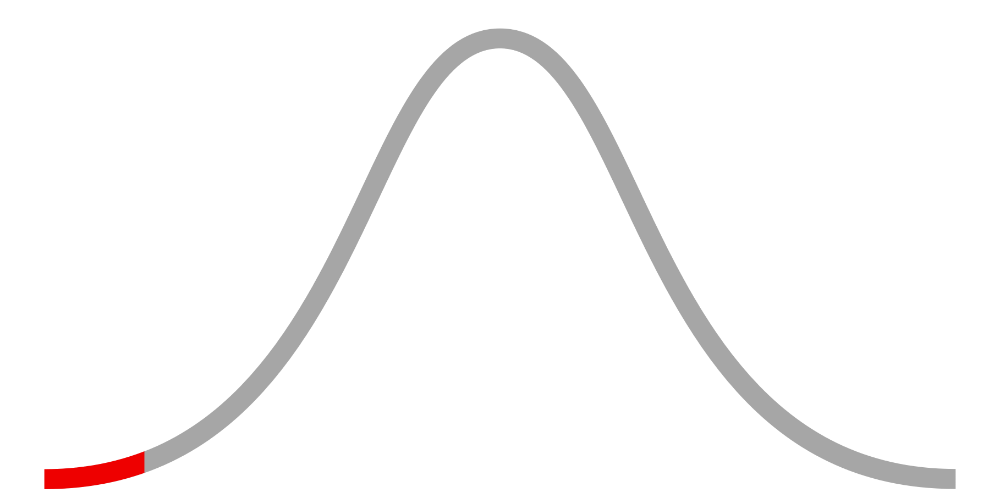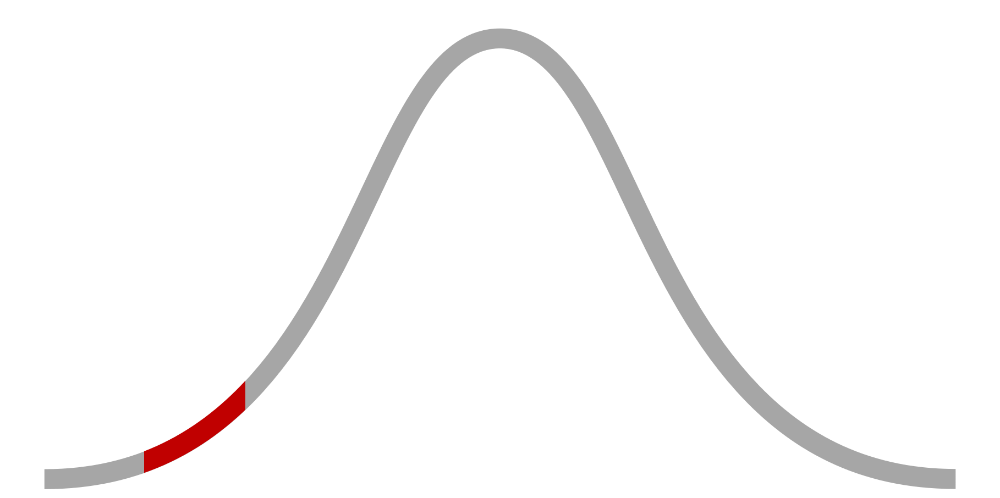 Summary & key points
Summary & key points
In season 1, episode 4 of the hit Netflix show called Wednesday (2022), teenager Wednesday Addams is discussing plans for going to a school dance with a certain someone. In typical Wednesday fashion, she redirected the conversation from her feelings to her priorities. This was highlighted when Wednesday said that it's not her fault for being unable to interpret "emotional morse code." Her lack of interest in discussing feelings and emotions and word choices reflect the Emotion attribute.
 Summary & key points
Summary & key points
It’s time to go beyond legacy methods of detecting plagiarism or AI-generated content. The Linguistic Fingerprint™ by LINGA is a revolutionary language analysis technology that sits at the intersection of linguistics, psychology, and computer science. It’s an entirely new way of identifying a person in the form-factors of speech and writing. Linguistic self-discovery awaits.
 Summary & key points
Summary & key points
In season 6, episode 6 ("Hop, Skip and a Week") of Sex and the City (2003), Charlotte finds Harry at a singles event at the synagogue and he proposes to her. Before he did, Charlotte let Harry know how much she missed him and adored him. Her strong affection and teary-eyed condition demonstrates the Emotion attribute.
 Summary & key points
Summary & key points
In Season 7, Episode 6 ("Beyond the Wall") of the hit HBO show Game of Thrones (2017), a battle rages between Jon Snow's group and the White Walkers, led by the Night King. As the dragon Viserion is flying around, the Night King is handed a spear by one of his own soldiers. The Night King then aims at the dragon and strikes it, taking the beast down. Later, the Night King walks up to the line separating the two camps and makes eye contact with Snow as he raises his arms. The Night King never speaks or makes any sounds, thus giving no verbal information to anyone, and this demonstrates an extreme-low example of the Volubility attribute.
 Summary & key points
Summary & key points
Feels – Laugh. Learn. Language. Our mission is to promote objective analysis of real 🗣️human language via fun, short videos and the 🪄magic of psycholinguistics. We do this by organizing, analyzing, and making freely available a growing collection of Feels, or highly structured short-form videos that explain the contents of a given conversation between two or more people. Plus GIFs and lots of action.
 Summary & key points
Summary & key points
In the hit Netflix documentary Famous Last Words: Dr. Jane Goodall (2025), Jane Goodall shared her thoughts on a variety of subjects before she passed away on October 1, 2025. Throughout the promotional clip, Goodall reflects on her life, accomplishments, and trials, all before giving advice to the next generation about living a meaningful life. The depth and extent of information shared by Goodall demonstrates a well above-average example of the Volubility attribute.

















